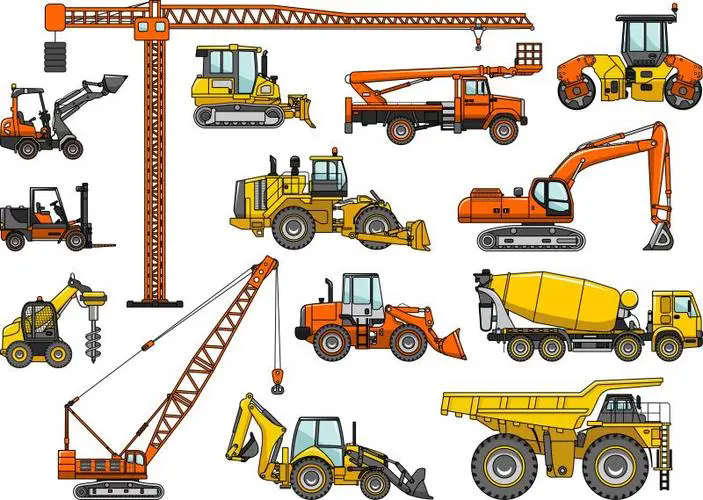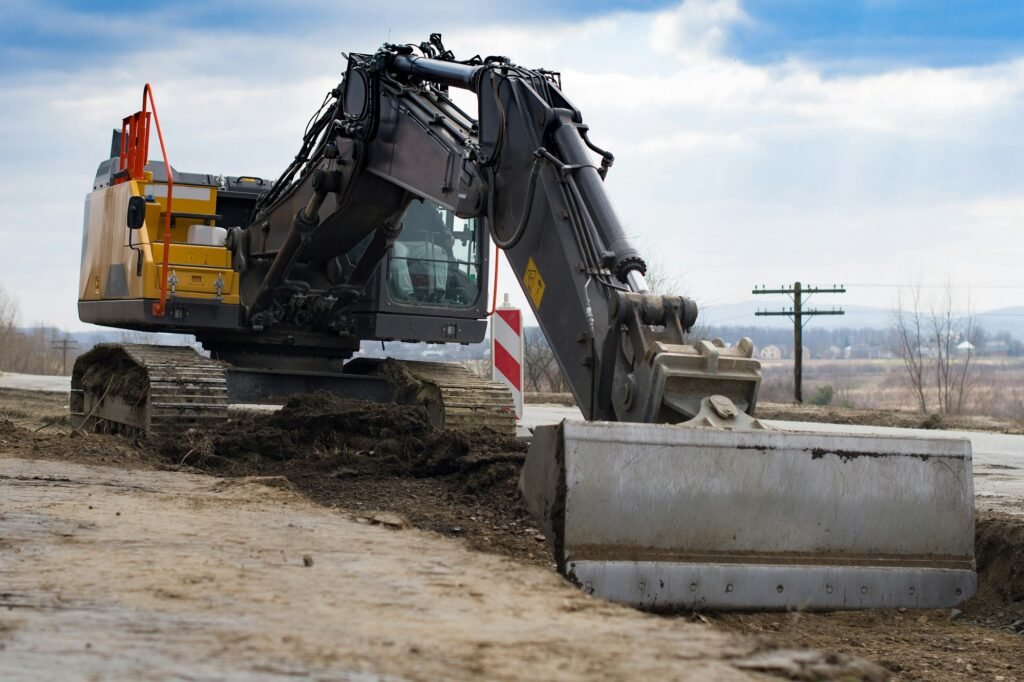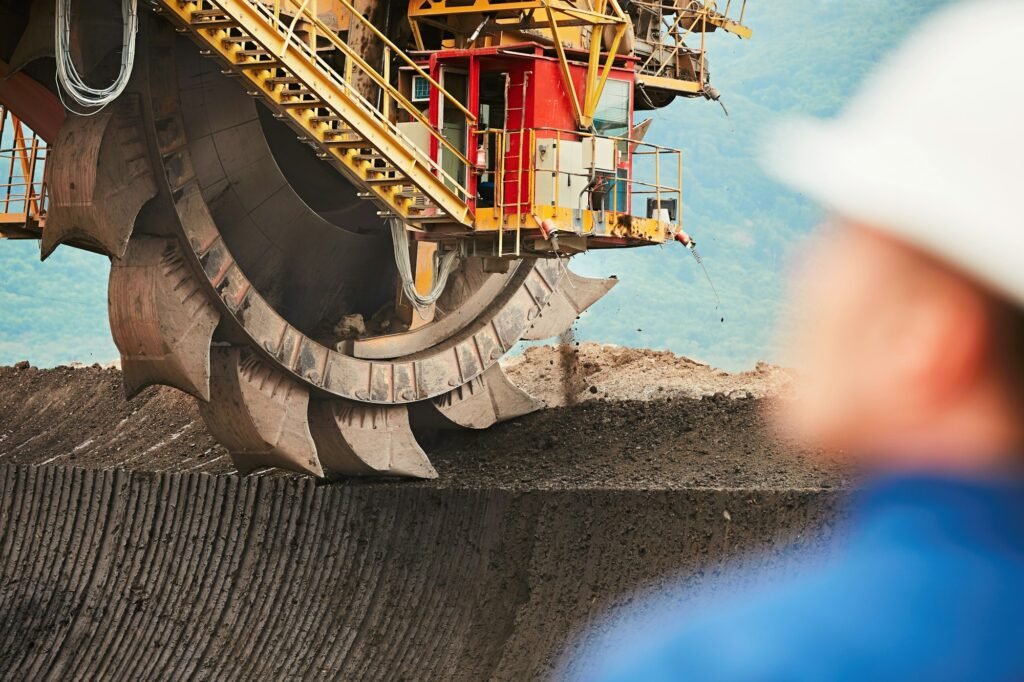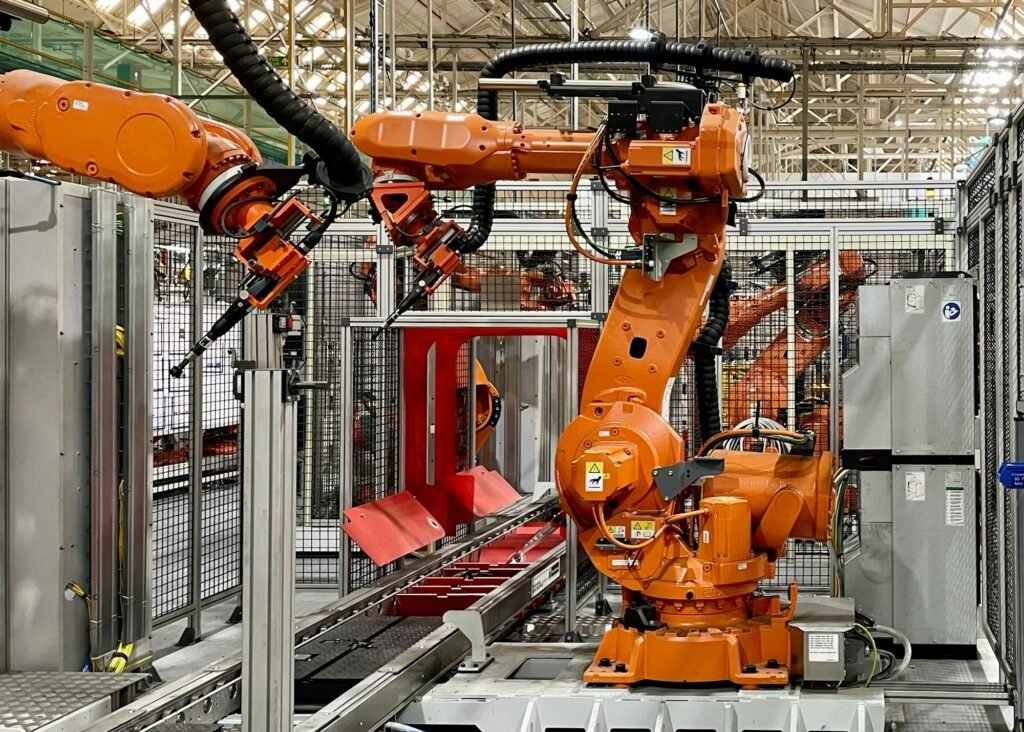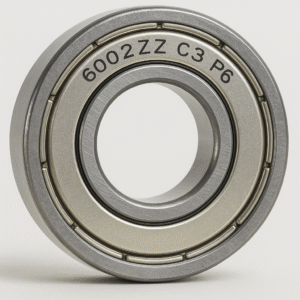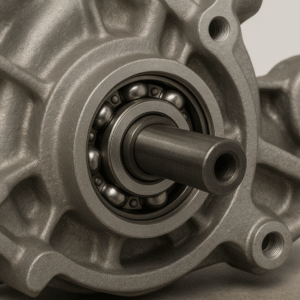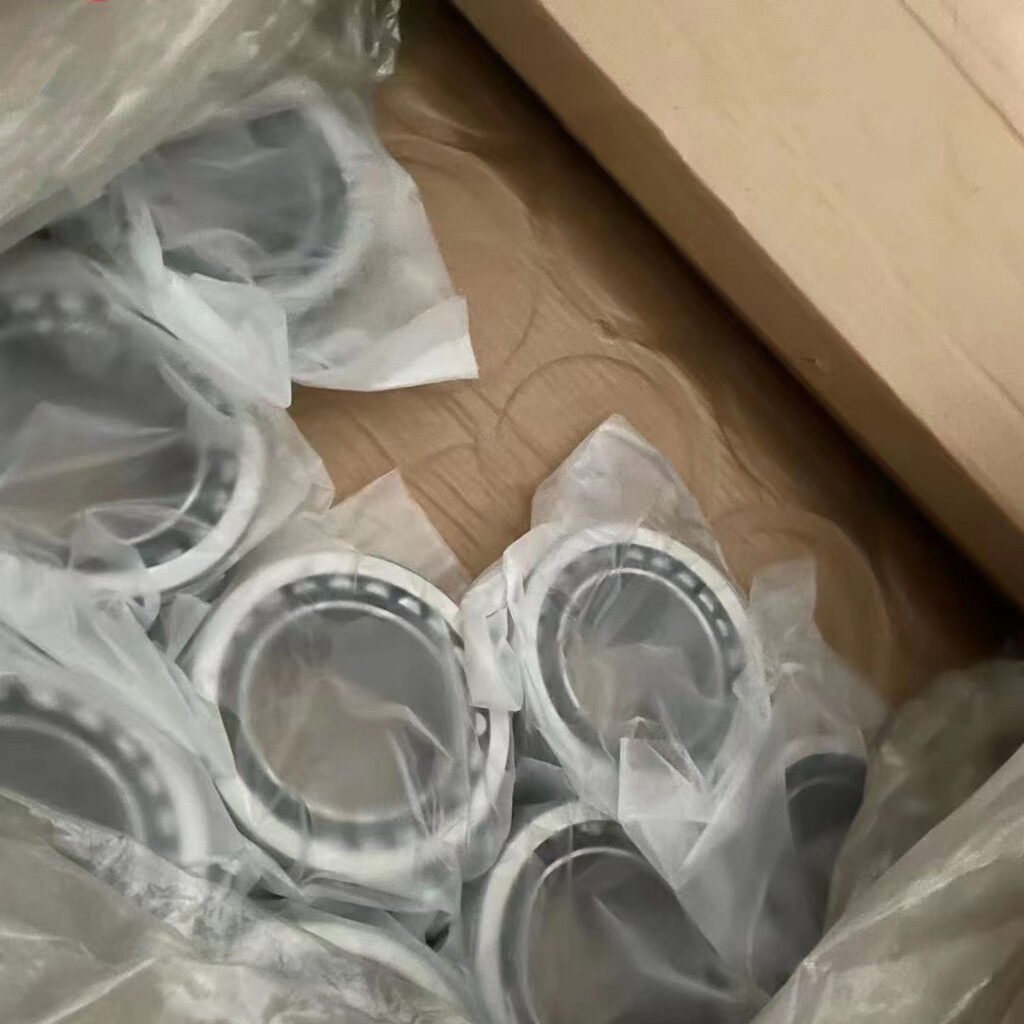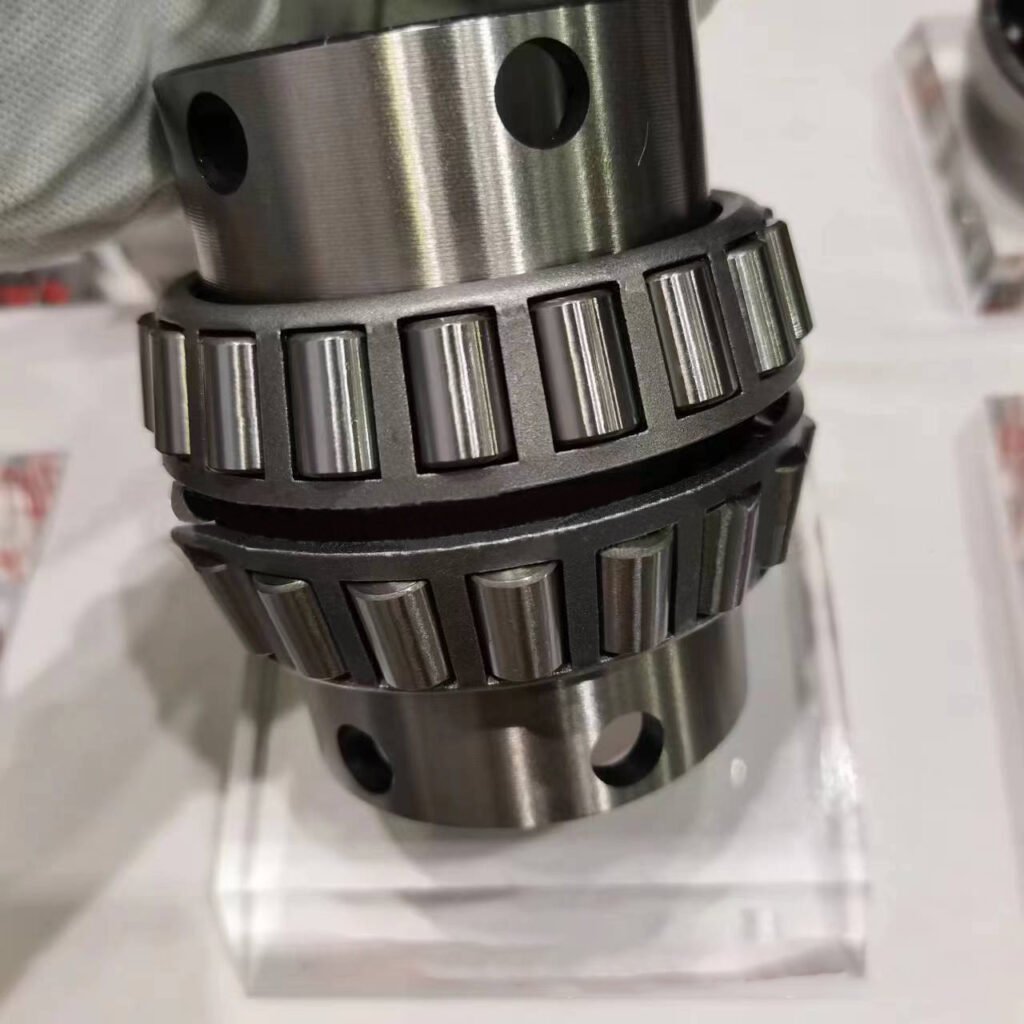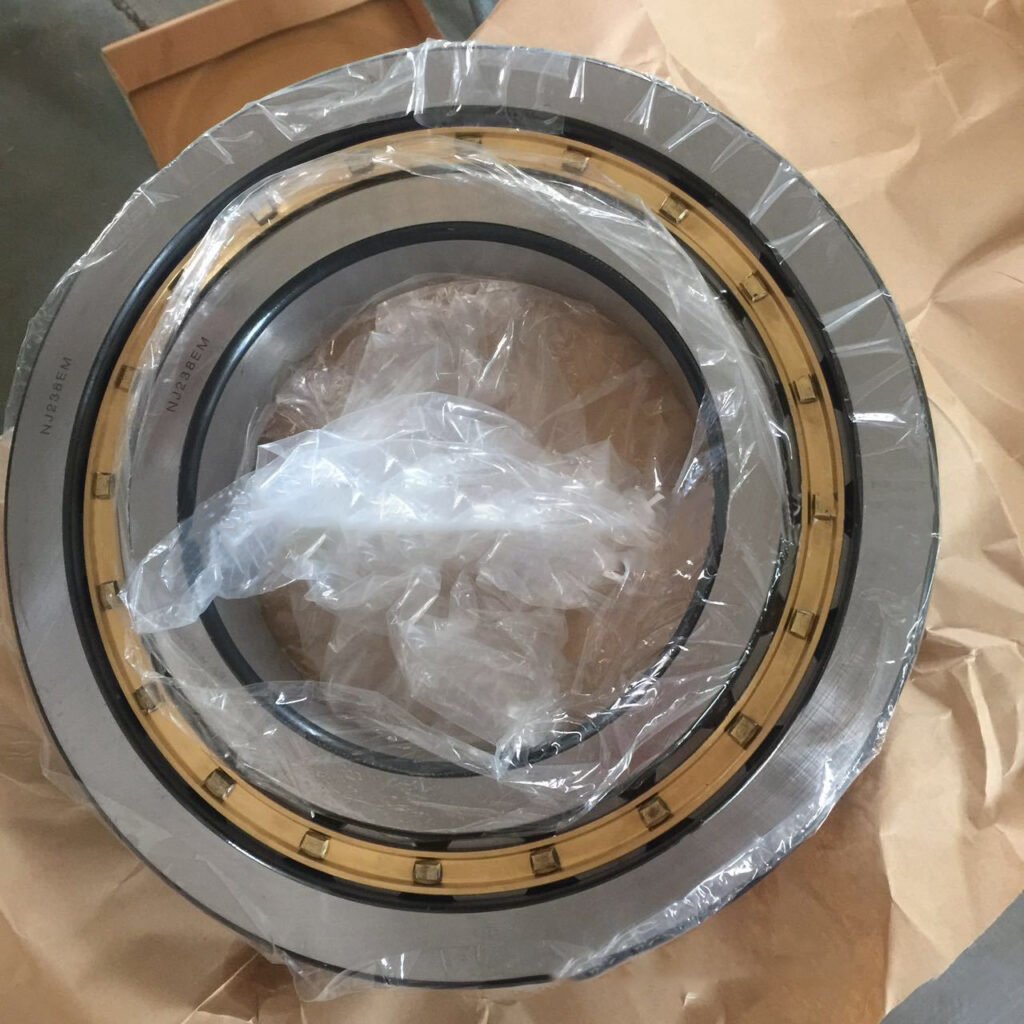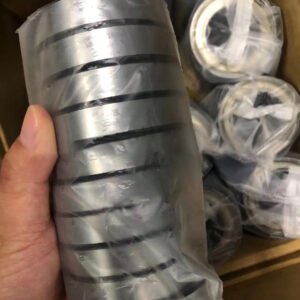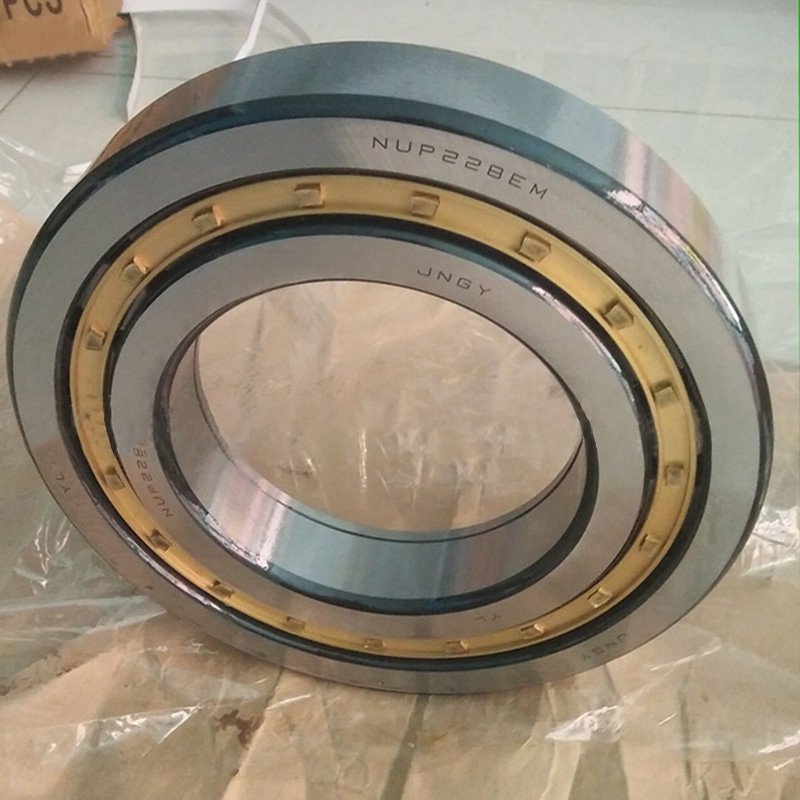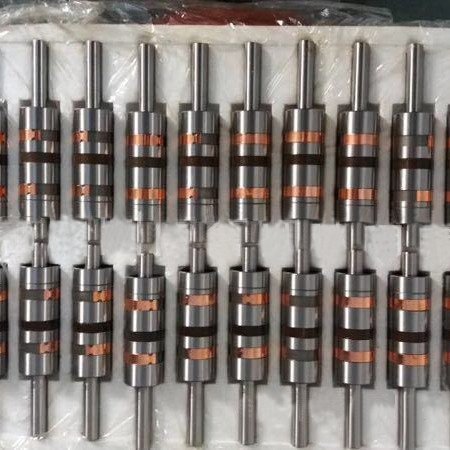Angular contact ball bearings and deep groove ball bearings are the two most common types, many engineers and designers often face the decision of whether to use angular contact ball bearings or deep groove ball bearings. Both types of bearings offer unique advantages and features, but they differ in terms of structural design, performance, and application suitability. A common question VKUKEN often receives is: Can angular contact ball bearings and deep groove ball bearings replace each other? This article will directly address this question, explain the structural design principles, compare their performance and applications, and help you understand whether these two types of bearings are interchangeable in various scenarios.
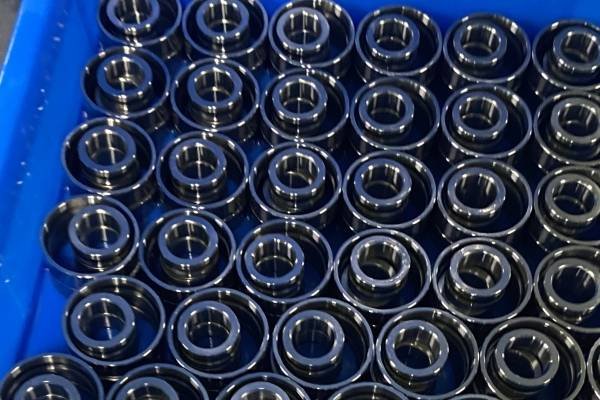
1. Can Angular Contact Ball Bearings and Deep Groove Ball Bearings Replace Each Other?
While both angular contact ball bearings and deep groove ball bearings are widely used in many mechanical systems, they cannot always replace each other. Each type of bearing has specific design features that make them suitable for different applications.
– Angular contact ball bearings are designed to handle combined radial and axial loads, and they function most effectively when subjected to higher axial loads and high-speed operations. They are not suitable for high radial load-only applications, as they are optimized for handling both load types simultaneously.
– Deep groove ball bearings, on the other hand, are more versatile and are better suited for radial load applications. They can handle both radial and axial loads to a certain extent but perform best when radial loads are predominant. They are often used in applications with lower axial load requirements.
Therefore, while there may be certain situations where one can be substituted for the other under specific load conditions, they are generally not interchangeable due to the different types of loads they are designed to handle efficiently.
2. Structural Design Principle
2.1 What is the Structural Design Principle of Angular Contact Ball Bearings?
Angular contact ball bearings are designed with an internal raceway that is angled to the bearing axis. The key feature of this bearing is that the balls are in contact with the races at an angle, allowing them to handle both radial and axial loads simultaneously. This angled contact creates a line of force that enables the bearing to carry larger axial loads.
– Contact Angle: The angle between the line of contact of the ball and the bearing axis is known as the contact angle. Bearings with a larger contact angle are better suited to handling higher axial loads.
– Single or Double Rows: Angular contact ball bearings can be single-row or double-row, depending on the load handling requirement. Double-row bearings can handle higher axial loads and provide greater rigidity.
2.2 What is the Structural Design Principle of Deep Groove Ball Bearings?
Deep groove ball bearings feature a simple design, with an inner and outer raceway that are both slightly curved to accommodate the balls. The deep grooves in the outer and inner races allow the balls to sit securely within the bearing, making it capable of handling both radial and axial loads, although it is optimized for radial loads.
– Deep Grooves: The deep grooves allow the bearing to accommodate more balls, which helps in handling both radial and limited axial loads.
– Non-angled Contact: Unlike angular contact ball bearings, deep groove bearings do not feature an angled raceway, making them more suitable for applications where the primary load is radial.
3. Performance
3.1 What is the Performance of Angular Contact Ball Bearings?
Angular contact ball bearings excel in applications that require high axial load capacity and high-speed performance. Their primary features include:
– High Axial Load Capacity: These bearings can withstand both radial and significant axial loads, making them ideal for high-load applications.
– High-Speed Capability: The design of angular contact bearings allows for greater speeds compared to deep groove ball bearings under axial load conditions.
– Precision and Rigidity: Angular contact ball bearings offer high rigidity, making them ideal for precision machinery.
3.2 What is the Performance of Deep Groove Ball Bearings?
Deep groove ball bearings are known for their versatility, durability, and ability to handle high radial loads. Their performance includes:
– Versatile Load Handling: While they excel at handling radial loads, they can also support limited axial loads in both directions.
– Low Friction: Deep groove ball bearings generally operate with lower friction, making them suitable for high-speed applications under light to moderate loads.
– Long Service Life: These bearings are durable and have a longer service life in applications where radial loads are dominant.
4. Application
4.1 What Are the Application Areas and Advantages of Angular Contact Ball Bearings?
Angular contact ball bearings are typically used in high-precision machinery and applications that require handling combined radial and axial loads. Their applications include:
– Machine Tool Spindles: Angular contact ball bearings are used in high-speed spindles where both radial and axial loads occur simultaneously.
– Pumps and Compressors: These bearings are often found in pumps that experience axial loads, providing reliability under high-pressure conditions.
– Aerospace and Automotive: The aerospace industry uses angular contact bearings for turbines and engines, where high axial loads are critical.
Advantages:
– High axial load capacity
– Suitable for high-speed applications
– Improved rigidity and precision
4.2 What Are the Application Areas and Advantages of Deep Groove Ball Bearings?
Deep groove ball bearings are used in a wide variety of applications where primarily radial loads are encountered. Their applications include:
– Electric Motors: Deep groove ball bearings are common in electric motors, where they handle primarily radial loads.
– Automotive Wheels and Gearboxes: These bearings are widely used in automotive applications for their ability to handle moderate axial and radial loads.
– Home Appliances: They are often found in machines like washing machines, refrigerators, and fans, where the load is predominantly radial.
Advantages:
– Versatility and ease of use
– Low cost
– Suitable for moderate loads and high speeds
5. Cost Comparison
– Angular Contact Ball Bearings: These bearings tend to be more expensive due to their specialized design and higher load capacity, especially in high-speed applications.
– Deep Groove Ball Bearings: Deep groove ball bearings are generally less expensive and are considered more cost-effective, especially for applications where axial loads are minimal or absent.
Conclusion
Angular contact ball bearings and deep groove ball bearings serve different purposes and are not fully interchangeable. While both can handle radial loads, angular contact ball bearings excel in applications with high axial load requirements and high-speed operations. In contrast, deep groove ball bearings are better suited for applications where radial loads dominate, offering versatility and cost-effectiveness.
Understanding the structural differences, performance characteristics, and application advantages of each type of bearing will help you make the right choice for your specific needs. In conclusion, while these bearings may occasionally be substituted in certain conditions, they are optimized for different roles, and careful consideration should be given to load types and operating conditions before selecting the most appropriate bearing.
If the above content still does not give you a clearer understanding of these two types of bearings, please send a message to our bearing application engineer Maxwell, who will answer all your questions.

